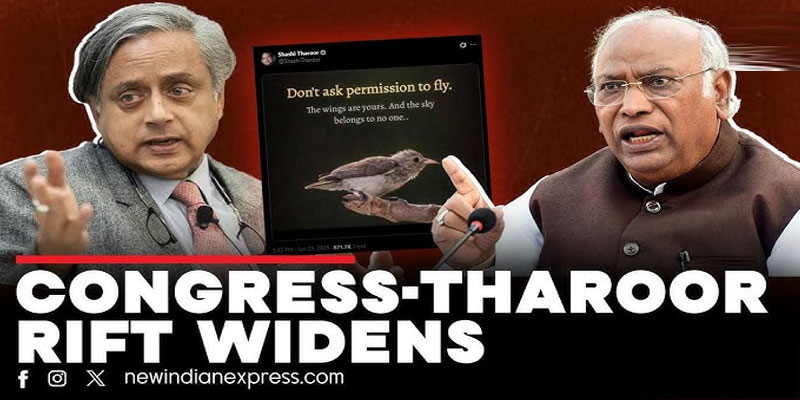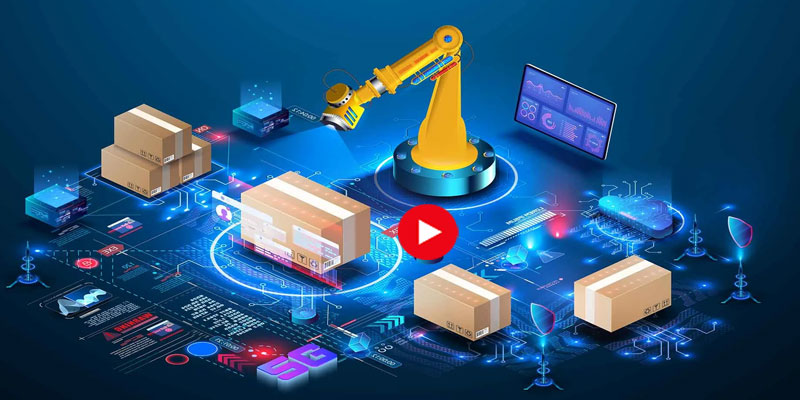Current News
Haryana’s Anti-Corruption Campaign Derai...
A Bold Crusade, Now Under Fire At the beginning of 2025, the Haryana government launched an ambitious anti-corruption drive aimed at cleansing the...
Ahmedabad Emerges as Top Contender for 2...
The Commonwealth Games and the Bid Process The Commonwealth Games, a legacy sporting event dating back to 1930, bring together athletes from across the Co...























































